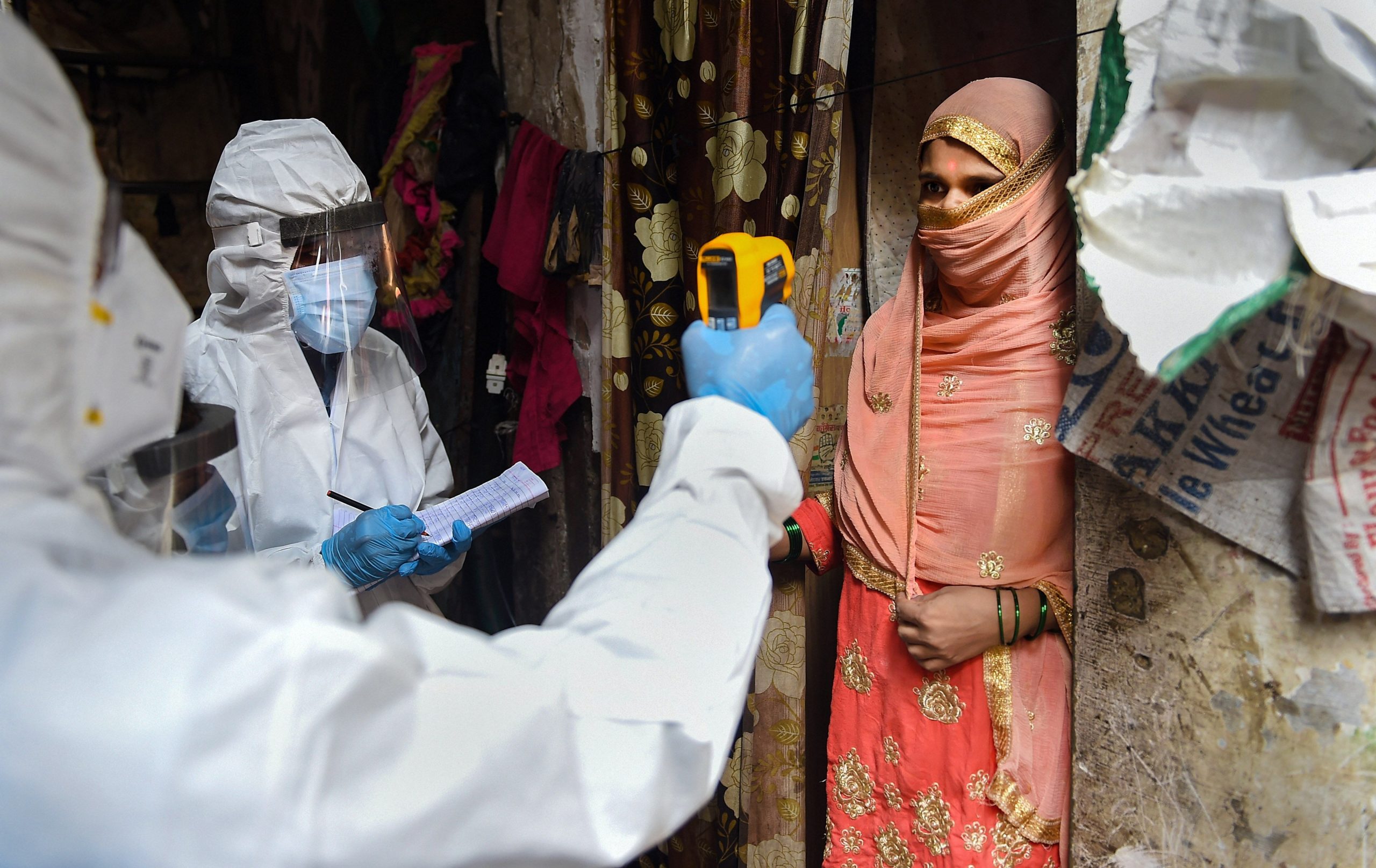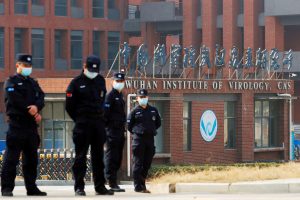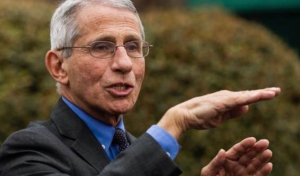Soon after the coronavirus outbreak in the country, Mumbai’s Dharavi, one of the densely populated slum in the world, quickly became one of the COVID-19 hotspots in the country. The slum reported its first case of coronavirus in April and since then, the cases had been on a rise.
However, Asia’s largest slum has been able to contain the growth of the deadly virus as on Sunday it reported just two new cases. The total tally of the slum now stands at 2,531.
Dharavi had been registering not more than nine cases in the last week, except on Saturday when it recorded 10. The active cases in the densely populated slum now stands at 113 and over 2000 people have recovered from the disease so far.
The slum, with narrow lanes and shared toilets, had a hard vision for social distancing to curb coronavirus spread. However, it quickly contained the virus, as cases started to decline from May. The World Health Organisation (WHO) chief, earlier in July, had also lauded the slum for its effort put to break the chain of the virus.
However, curbing the virus spread was not easy.
A civic body official said doctors and private clinics covered as many as 47,500 houses, while 14,970 people were screened in mobile vans. Tracing, tracking, testing and treating, the four Ts, had been the major key to check the spread of coronavirus in Dharavi.
Maharashtra is the worst-hit Indian state with over 3.75 lakh cases, of which Mumbai has over 1 lakh cases of the virus.
The state chief minister on Monday will launch a plasma donation programme in Dharavi for primary screening of recovered people in the slum.







